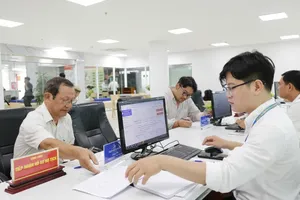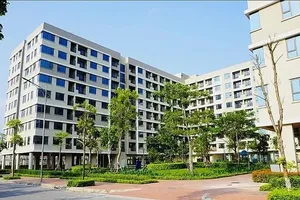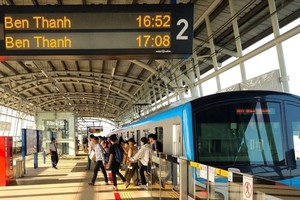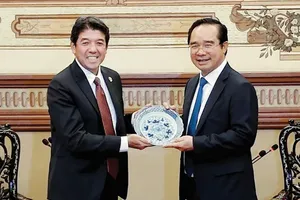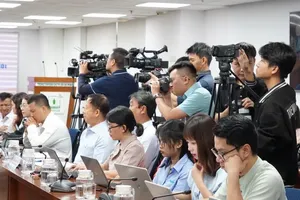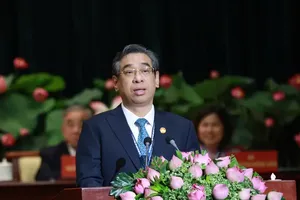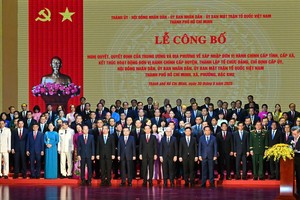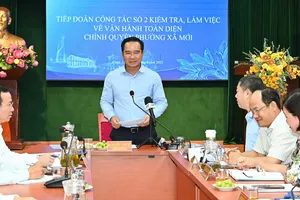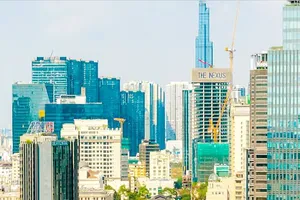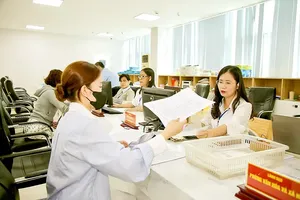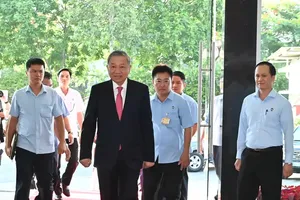Economic restructuring is considered a key solution for Ho Chi Minh City to boost economy as it brings key economic sectors and fields into sharp focus, and helps to raise value of products.

Achievements
The city has implemented an economic restructuring project for over ten years, with a concentration on developing industries and services that have products of high value and technology.
These industries include mechanical engineering, electronics, telecommunications, information technology (IT), chemicals, plastic, rubber, and food processing. Services include finance, banking, credit, insurance, trade, transportation, dock warehouse, postal service telecommunications, IT, real estate, consulting, science, technology, tourism, health, education and training.
According to the Ho Chi Minh City Planning and Investment Department, the program to support the city’s economic restructuring in five years ending 2010 has yielded results as the city is shifting its economy towards services and becoming the country’s trade, service, hi-tech and industrial hub.
Industries and services with products of high valued and technology have increased while labor-intensive and polluting industries have decreased.
Despite the global economic crisis in 2008-2009, the city’s sales and service growth remained high and accounted for the highest rate of 54.5 percent in the city’s economic growth. The figure is expected to reach 55.2 percent in 2010.
It means that the city’s transformation of economic structure is on the right course.
Shortcomings
At a conference to review the pros and cons of Vietnam’s WTO membership and the city’s economic restructuring in August, the department’s deputy head Nguyen Van Hung said growth quality and competitive capacity of industries and services remain low.
He said policies and measures to support the economic restructuring have yet to get effective.
Economists said though many fields have seen a remarkable transformation, many important tasks have yet to be completed.
Dr. Nguyen Xuan Thanh from Fulbright Economics Teaching Program said HCMC has obtained achievements in the restructuring of its economy thanks to its advantages, not policies.
Dr. Tran Dinh Thien, head of the Vietnam Economics Institute, said enterprises have failed to make adequate investment in research and development.
He said labor-intensive industries such as textile and clothing have moved to provinces, but they have yet to develop in depth in terms of design and brand.
Plans
For the 2011-2015 period, the city defines to continue the transformation of economic restructure, with a focus on improving quality, effectiveness and competitiveness, and producing products of high value and technology.
It will boost development of the service sector to become the country’s service-trade-finance center.
The city expects to post an annual GDP growth of 11 percent during the period, with the service sector to see the highest rate of 12.3 percent per year, industry and construction sectors to hit 9.6 percent, and the agriculture, forestry and fishery sectors to obtain a growth rate of 4 percent.
